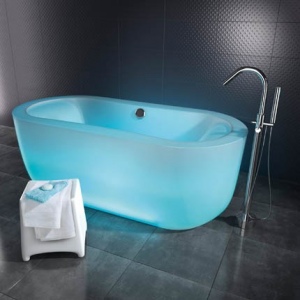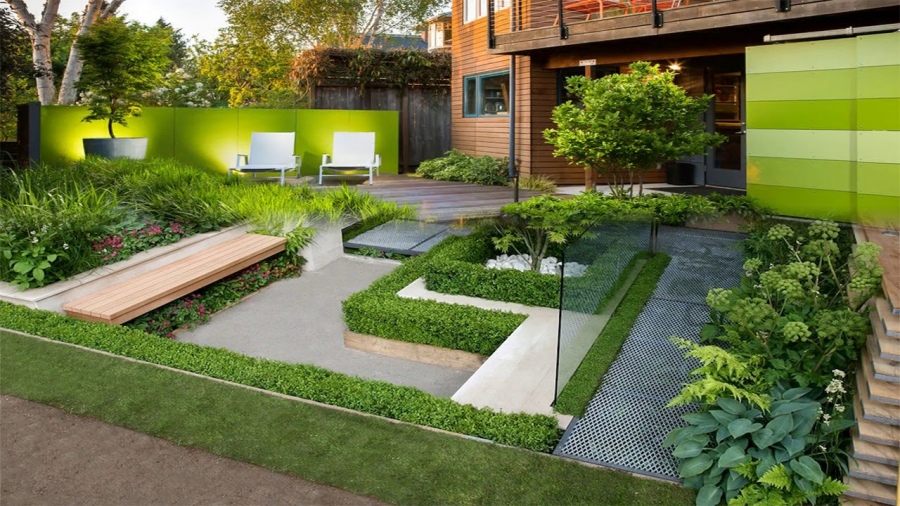Energy use is a significant worry to many people. The rising prices of heating a home show no signs of abating and, while Government schemes abound to help people with the costs of renovating a house to be more energy efficient, it can be hard to raise that money with confidence. Since the 50% cut on the feed in tariff for the first wave of renewable energy sources, public confidence has been shaken.
Part of the problem is that people don’t necessarily understand exactly what energy use comprises, or how to curb it. A home owner wanting to save money, in other words, must first look at how he or she is spending it in the first place.
Energy is used in heating water, which powers our central heating systems and our hot water (for washing up and bathing); and it is also used in generating electricity for light. There is some crossover between the two – the average gas fired boiler, for example, needs to be plugged into the mains in order to work. So the home owner must always bear in mind that he or she is looking at more than one source of energy use when he or she is trying tocutdown on any bill, be it heat or electricity consumption.

The major cause of energy overuse in the home is heat loss. This is because light is much simpler to control. If you are not in a room, turn the light out. If you are, use a low energy bulb. These two simple measures allow the home owner to take an effective wedge of savings out of the cost of using electricity – as do other practices such as turning off all devices rather than leaving them on standby all the time.
With heat, though, it can be hard to see how to make savings: and expensive to do so. Heat is lost when insulation is inadequate. Or when glazing fails to do its job. In either case, quite serious amounts of energy can dissipate straight through walls and windows, leaving the home owner to makeup the shortfall in heat by using his or her boiler more than he or she has to.
Fitting modern double glazing is one way to start having an effect on the amount of heat lost in a home. In order for this to work the glazing must be sealed properly where it joins with the fabric of the house – and ideally couple with full insulation wherever possible within the rooms of a house: including the ceilings between floors.
It isn’t just windows that need attention. Back doors are just as likely to let cold air in and hot air out, particularly if they are poorly fitted or glazed with single panes. PVC French doors, with overlapping seals and a proper double glazed light, can stop a noticeable amount of heat loss from occurring at the back of a property.
It is important to note that insulation and the fabric of rooms both play a core role in the maintenance of good energy saving practices. The heat generated by the boiler lasts for much longer if it stays within the space a person is trying to heat, rather than transferring through walls and ceilings to other parts of the home, or out through to the air outside.
About the author:
Tom Brown is a home décor enthusiast. He uses www.eurocell.co.uk to compare energy saving options.






Home Improvement Using PVC French Doors is a perfect and longtern choice. PVC is incredibly strong and this means that you will get a lot of years’ service from it. Let’s face it your front door is used constantly so you need it to be durable. It’s also weatherproof so won’t be affected by the cruel winters in Britain.